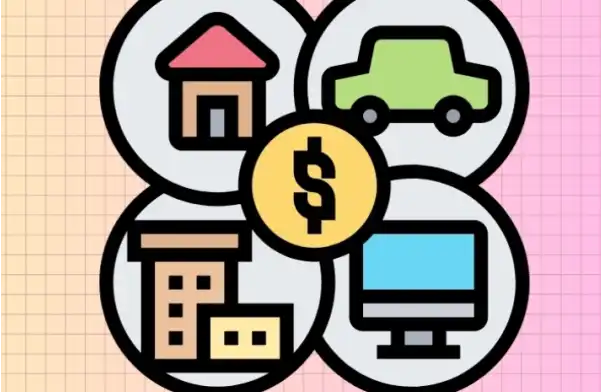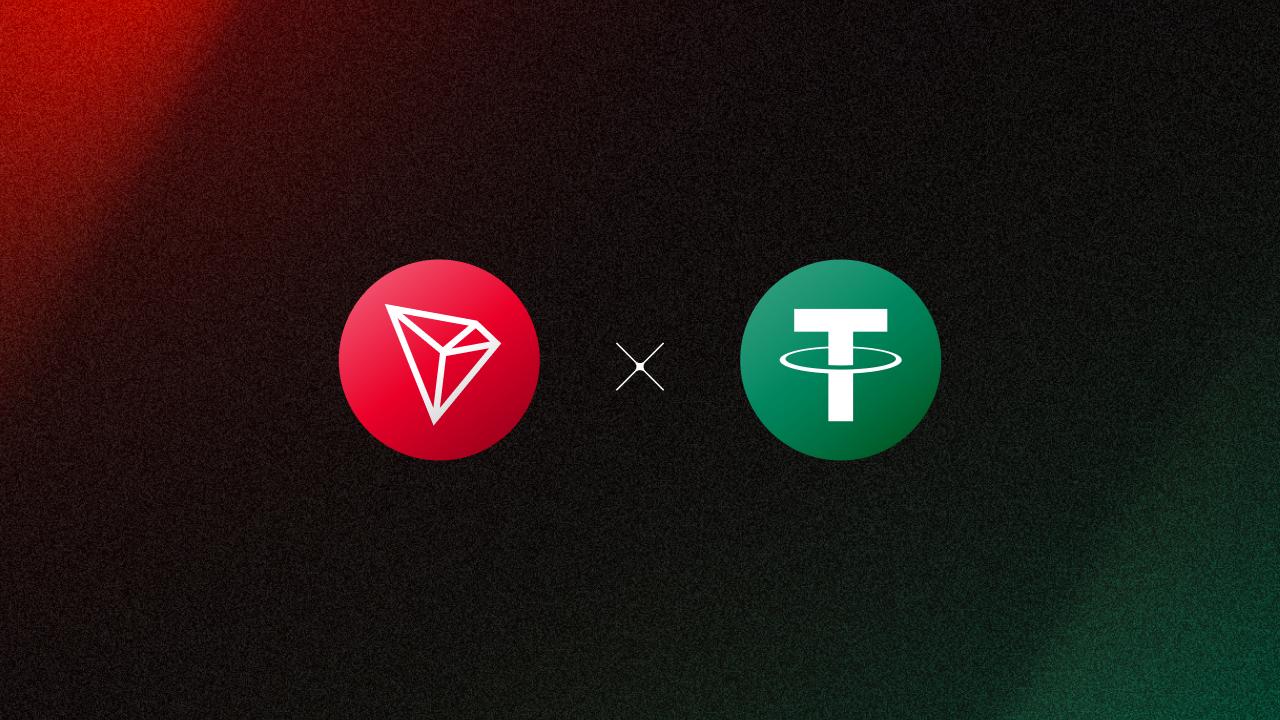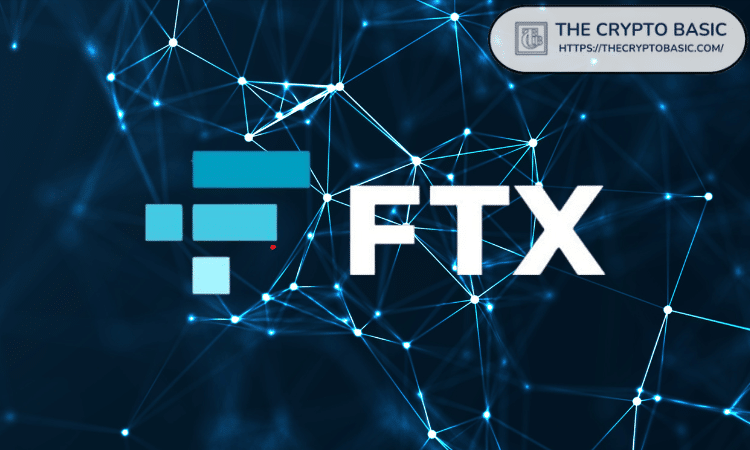Source: Blockchain Knight
According to Deloitte,Tokenized real estate could account for 10% of the global market by 2035, with a value of more than $4 trillion, with the industry growing at 27% annually。
Below are guest articles and opinions from ZIGChain co-founder Abdul Rafay Gadit.
The value of the US real estate market alone is more than $100 trillion, while the value of the global real estate market is more than $700 trillion. However, for such assets closely linked to the land under our feet, the liquidity is surprisingly low. According to the World Economic Forum report, insufficient liquidity in the real estate market leads to transaction costs accounting for 1% to 3% of the property value, which is as high as tens of billions of dollars per year.
More importantly, this liquidity is insufficient to set up artificial barriers for both buyers and sellers: preventing homeowners and most potential investors from exchanging value, and preventing the Crypto asset capital market, worth more than $1 trillion, from entering the most trusted asset class in human history.
Quickly define real-world assets (RWA)
In 2015, Ethereum took the lead in proposing the concept of asset tokenization, allowing the split of almost any asset into a tradable digital share. Recently, the cost of tokenization on many blockchains has been greatly reduced, almost to zero.RWA is a broad concept that covers almost all non-native Crypto assets according to different people's understanding.。
"Soft" RWA includes stablecoins and tokenized equity. "Hard" RWA is a tokenized form of physical assets, such as real estate, vehicles or precious metals. While there have been some high-profile RWA cases in the real estate sector, such as the $18 million tokenized issuance conducted by a part of St. Regis Aspen resort’s equity, the real turning point will be in the relatively unremarkable global middle-class real estate market.
How RWA will transform the real estate market
In the past, RWA has been limited in its development due to insufficient liquidity. For real estate RWA to be successful, liquidity must achieve two-way flow. This requires both the extensive provision of tokenized real estate, and the networked teams carefully design incentives to attract existing capital into these assets.
Splitting large asset-backed debt into small shares allows retail investors to participate in investment at any amount, thereby expanding the potential liquidity pool. However, being feasible does not equate to success. RWA builders must strategically attract institutional and retail liquidity to avoid market failures.
We are witnessing the early stages of network effects. With each tokenized property added, the effectiveness of the entire ecosystem will be improved, attracting more investors and thus attracting more homeowners tokenize.
The critical mass required for this virtuous cycle is accelerating, at a speed that exceeds expectations from many industry veterans. Projects that successfully combine traditional real estate expertise with blockchain infrastructure are likely to become future market leaders.
Propchain is an example, which tokenizes part of the real estate share. Compared with traditional real estate investments, Propchain and other similar companies provide annualized returns and have a shorter lock-in period. In addition, there are localization options like KiiChain, focusing on unlocking the potential of Latin American RWA.
The function of tokenized real estate is not only to optimize existing processes, but also to fundamentally reshape the meaning of real estate ownership and investment in the digital era.。
The transformative power of tokenization is reflected in the functions it achieves:
Fragmented ownership: Split the property into thousands of tokens, allowing for minimal capital investment.
Programmable compliance: Smart contract automation regulatory requirements to eliminate middlemen.
Global liquidity pool: Access to global capital, not limited to local markets.
All-weather market: Achieve all-weather transactions, not limited to business hours.
Worries about real estate RWA are exaggerated
Given the 2008 financial crisis, it is understandable that people are skeptical about real estate tokenization. However, tokenization is actually the opposite of what led to that collapse. The 2008 crisis combined high-risk mortgages into abstract “de-risk” units, while tokenization reduced abstraction by splitting a single tool into smaller, more transparent parts.
Tokenization will not eliminate asset risks, nor does it claim to be so.It just improves liquidity and allows more people to participate in the wealth appreciation potential of real estate. By allowing more people to participate in leveraged and stable asset investment, tokenization solves the two major challenges of housing affordability and investment opportunities.
Conclusion: The tokenization revolution is imperative
The real estate market is standing at a crossroads. Those who stick to the traditional model will gradually discover that they are surpassed and replaced by tokenized alternatives. RWA is not only a technological upgrade, but also a fundamental restructuring of the "Sleeping Giant" worth $700 trillion.
For investors, the information is clear: either adapt or be eliminated. As the regulatory framework matures and institutional adoption accelerates, the window of first-mover advantage is closing rapidly. By 2030, when we look back at unconventionized real estate assets, we will consider them as relics of inefficient pasts as we look at paper stock certificates now.
This liquidity revolution will not only change the way we trade real estate, but will also make the world's most lasting storage of value easier to access, potentially releasing trillions of dollars of capital that was otherwise frozen. In a world of increasing financial volatility, tokenized real estate provides a perfect combination of stability and accessibility, which is urgently pursued by both traditional investors and Crypto asset investors.
The question is no longer whether real estate will embrace RWA, but who will lead the change and who will have to explain to shareholders why they missed the revolution.
















No comments yet